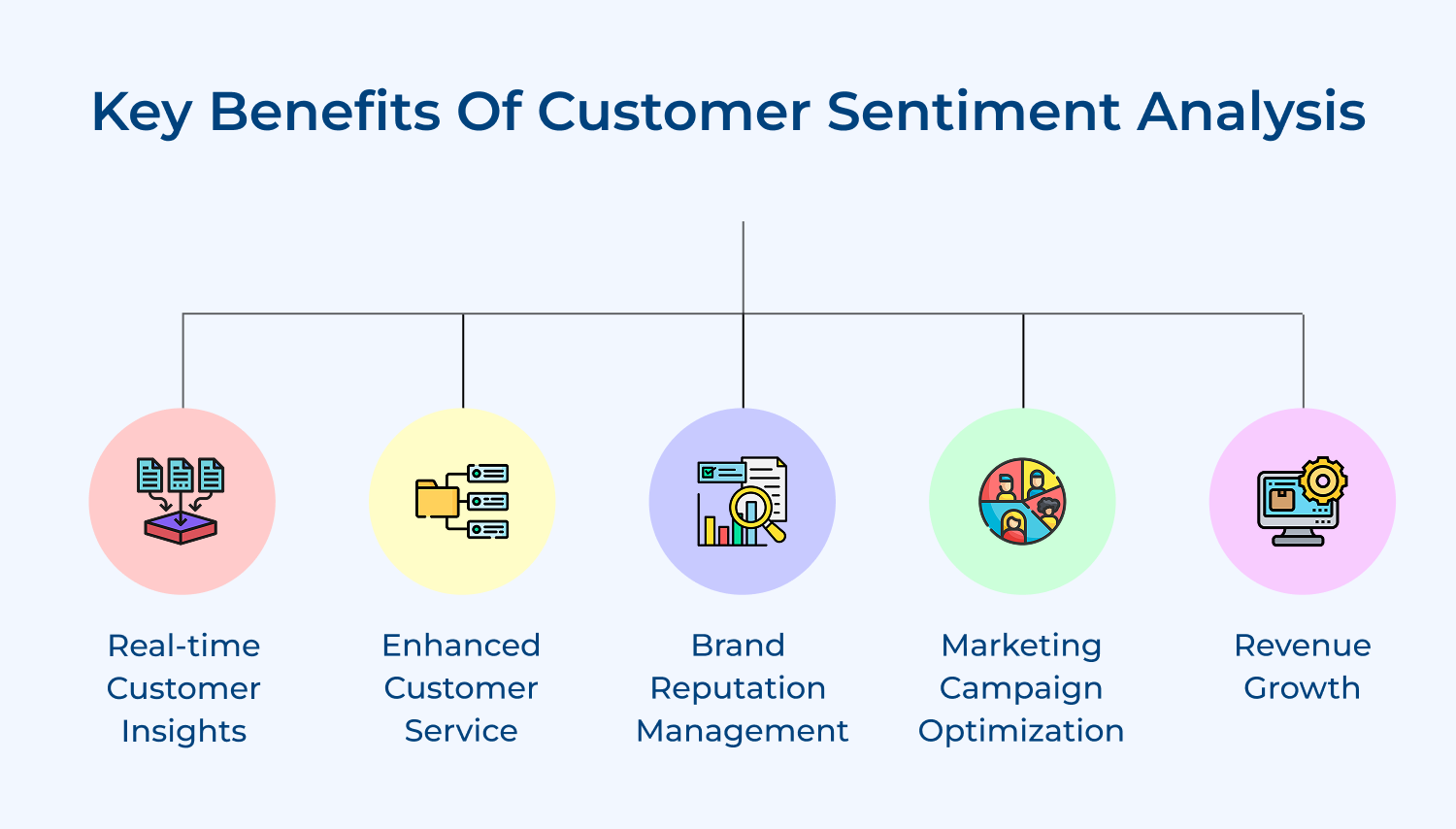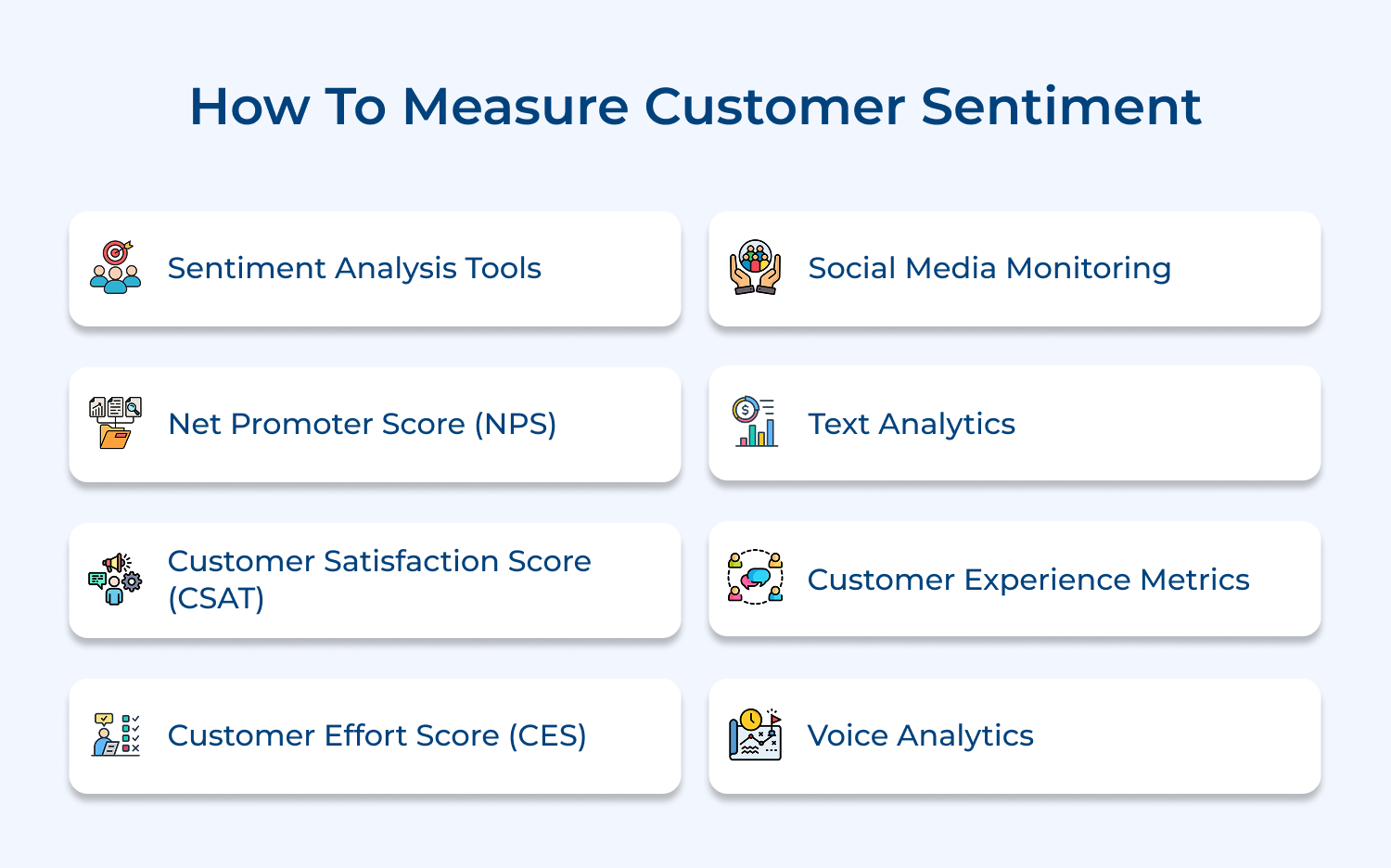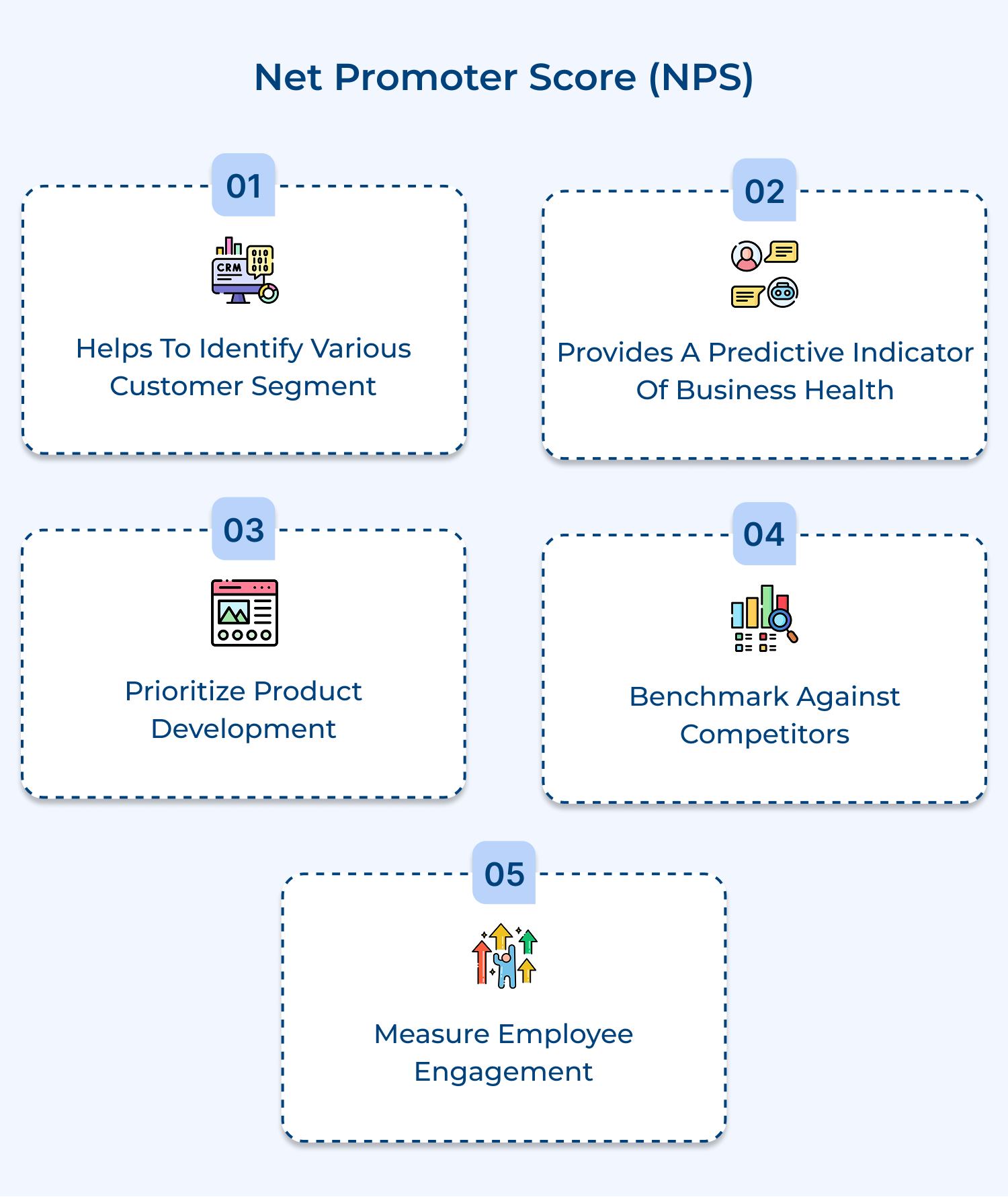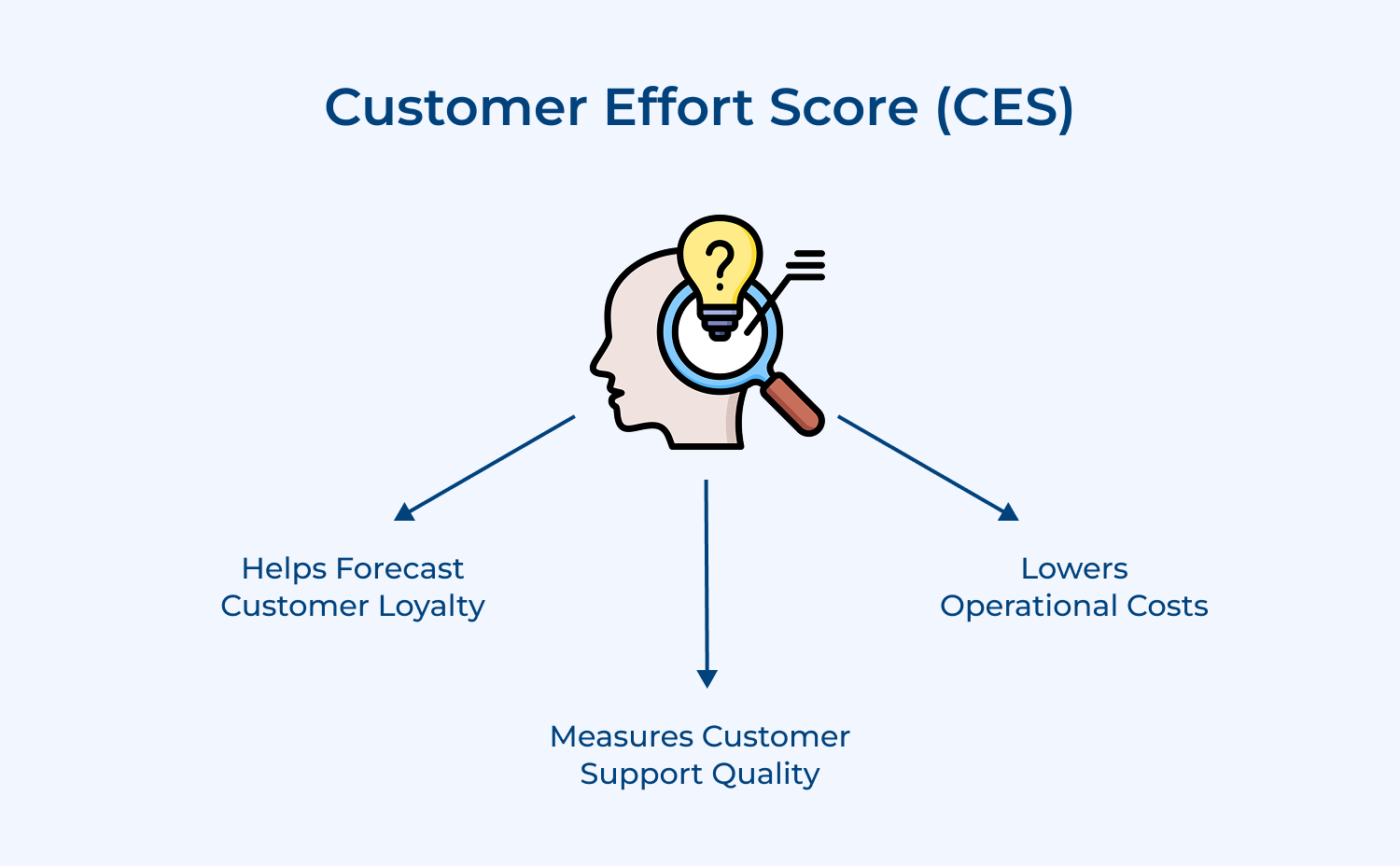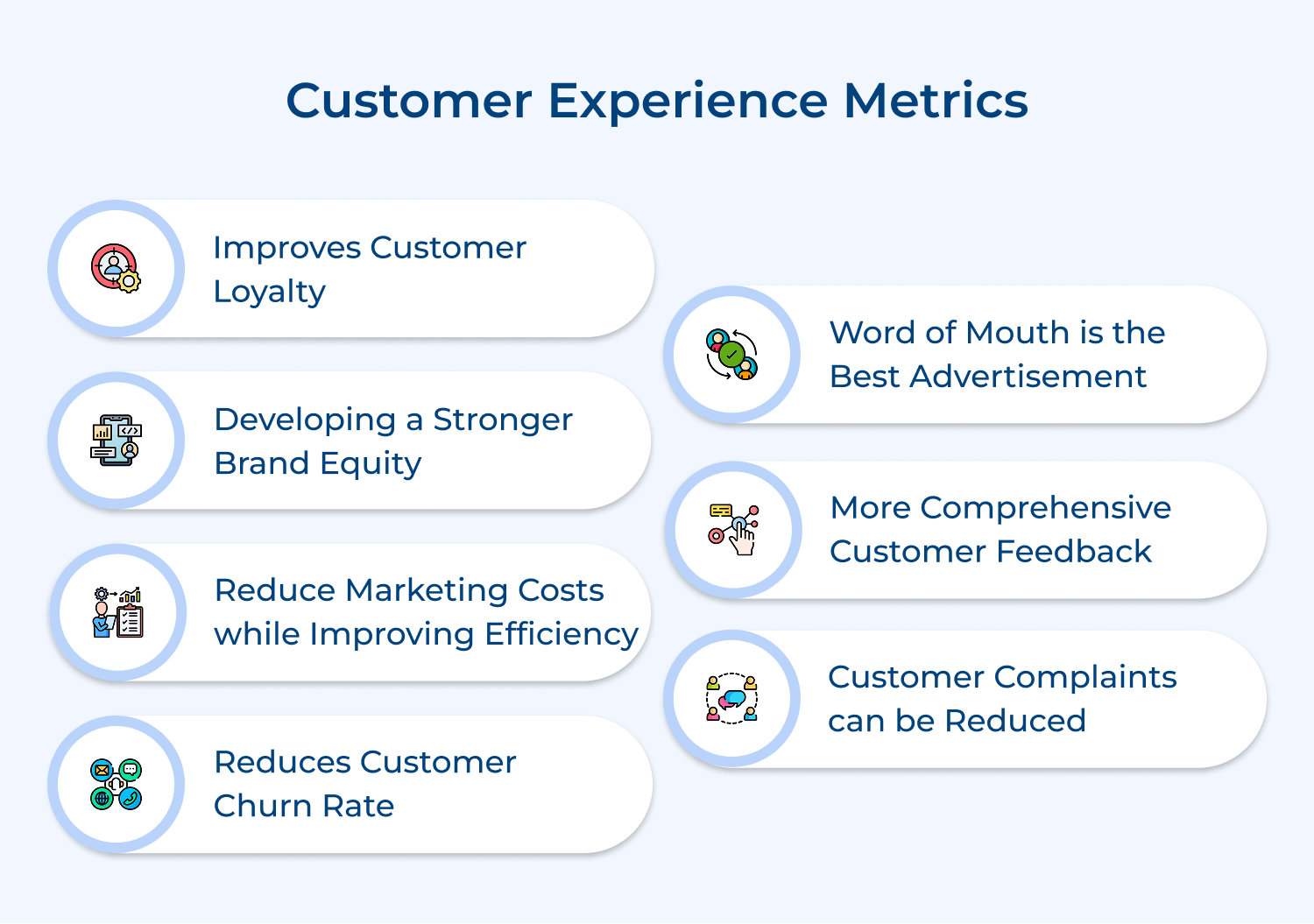A metric measuring how much effort customers must expend to complete their desired actions, typically rated on a scale from “very easy” to “very difficult” after interactions.
Research shows customer effort is a strong predictor of loyalty and future buying behavior. Understanding where customers struggle helps organizations streamline experiences and reduce friction points.
Measure CES across different channels and processes to identify high-effort interactions. Use insights to simplify procedures, improve self-service options and reduce customer friction points.
Actionable Tips:
- Map customer journeys to identify and measure effort at critical touchpoints.
- Create benchmarks for different interaction types and track improvements over time.
5. Social Media Monitoring
Social media listening means tracking and analyzing brand mentions, comments, hashtags as well as conversations across different platforms. It helps businesses understand how people feel about their products, services and brand.
Social media offers real-time, unfiltered customer opinions. Monitoring these conversations helps companies spot issues early, understand brand perception and connect with customers where they share honest feedback.
By using social listening tools, businesses can track mentions, study sentiment trends and find key conversations. These insights support real-time customer service, improve reputation management and guide content strategy.
Actionable Tips:
- Create custom monitoring dashboards for different product lines, campaigns and competitor brands.
- Develop response protocols for different types of social mentions based on sentiment and influence level.
6. Text Analytics
Text analytics uses advanced techniques to study written customer feedback from surveys, reviews, emails and chat logs. It identifies key themes, emotions and patterns using natural language processing.
Unstructured text data holds valuable information about customer experiences. Text analytics turns this raw data into measurable insights, uncovering trends and patterns that people might overlook.
Businesses can use text analytics to find common complaints, feature requests and new issues. These insights help teams prioritize improvements, shape product development and strengthen customer communication.
Actionable Tips:
- Create topic categorization models specific to your industry and customer base.
- Establish regular text analytics reports combining quantitative metrics with representative customer quotes.
7. Customer Experience Metrics

